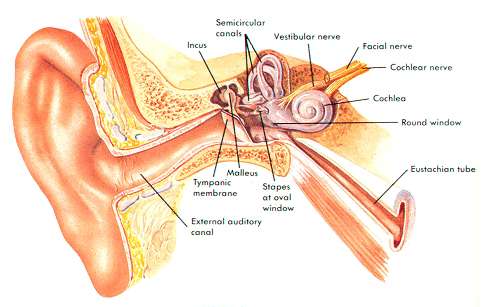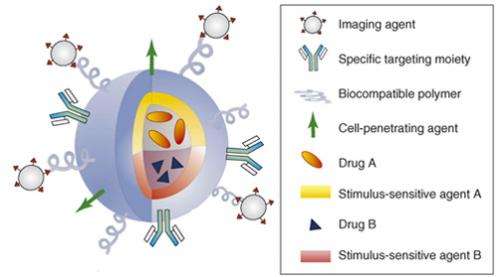Hearing disorders can be treated with multifunctional nanoliposome therapy

Liposomes are used in contemporary medicine to carry and apply drugs and genes into different tissue areas of the body. They are small bubble-shaped lipid molecules, and an attractive candidate for delivery because they are composed of the same material as cell membranes. Several types of cancer, for instance, are treated with liposome therapy.
Nano-sized liposomes would remarkably improve the precision and effectiveness of drug and gene delivery. A few such technologies already exist in the market and in clinical use, but cell-specific delivery is still a property to be explored in nanomedicine.
Sanjeev Ranjan has studied the use of liposome nanoparticles in the treatment of inner ear disorders. His doctoral dissertation for the Aalto University Department of Biomedical Engineering and Computational Science looks into the manufacturing of nanoliposomes, their use in drug and gene delivery, and also into imaging techniques. With further research Ranjan expects all these properties to be combined into a single multifunctional nanoparticle.
"Liposomes are currently the most advanced nanoparticles for delivering drugs and genes in vivo. Their main problem is that they cannot be exactly targeted to desired cells with high efficiency," Ranjan points out.
Ranjan's research has been a part of the EU-funded project NanoEar spanning 24 universities. WHO estimated in 2004 that at least 275 million people suffer from hear loss or deafness around the world. NanoEar aims to provide multifunctional nanoparticles for clinical therapy.
Drugs and genes applied with cell-to-cell precision by nanoliposomes
With nanotechnology very precise targeting of liposome therapy becomes possible. Ranjan and his colleagues have come up with a new ultrasound technique for manufacturing liposome nanoparticles, which can be delivered into the inner ear and inside the cochlea.
"The technique is very fast, non-invasive, there is no loss of materials, and it can be used in large scale – these are all benefits in comparison to nanoliposomes prepared with other currently available ultrasound methods," Ranjan explains.
In gene therapy, foreign genes are introduced to the body to fix impairments. In the inner ear, inside the cochlea, there are neurons called hair cells, damages to which result in hearing loss.

Ranjan and his colleagues have studied the targeted delivery of liposomes encapsulated with Math1-genes, which aid hair cells to survive. They have designed peptides with computer modelling and phage display and conjugated them to the liposome nanoparticles to be delivered into the cochlea.
"The nanoparticles are introduced to specific receptors in specific cells, and the encapsulated new gene will begin to express in the cells.
"The current clinical supplement for this kind of treatment is a highly expensive cochlear implant. Our research could make the treatment of cochlea damages much more affordable and accessible."
In order to effectively control the functioning of the particles, visualising techniques are needed. Ranjan has studied the applicability of magnetic resonance imaging (MRI) to nanoliposomes. The particles can be tracked with MRI by tagging them with visualising substances.
"It is crucial for doctors to be able to visualise the inner ear. There is no way to directly image the inside of the cochlea, which is inside bone structures in the skull. We developed nanoparticles that can be imaged with MRI in the cochlea."
Multifunctional nanoparticles to make a break in nanomedicine?
All the properties Ranjan has studied in the nanoliposomes – targeted drug and gene delivery and traceability with MRI – could be combined in one multifunctional nanoparticle.
"They are in high demand in nanomedicine. The particles containing MRI contrast agents that we have designed are a step towards realising multifunctionality."
The research on manufacturing multifunctional nanoparticles is well under way in Ranjan's research group. Ranjan and his supervisor Professor Paavo Kinnunen are planning a start-up business to commercialise their research into a product for clinical use.
"We are already very advanced in the technology and with our prototype of the product," confirms Professor Kinnunen.
More information: lib.tkk.fi/Diss/2012/isbn97895 … sbn9789526048383.pdf
Provided by Aalto University

















